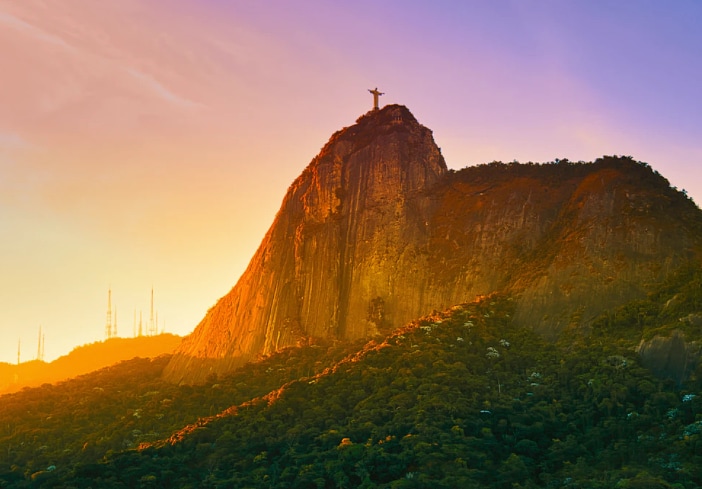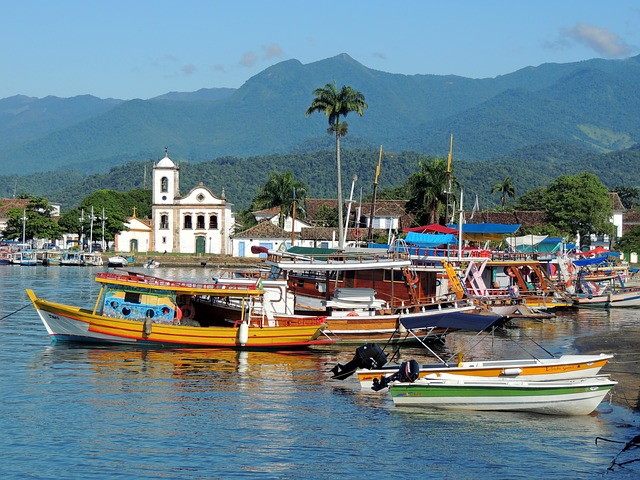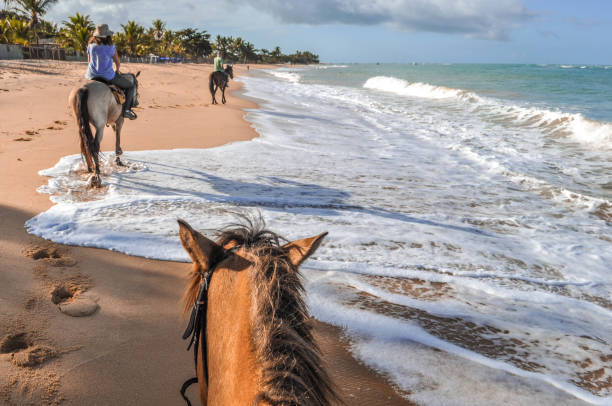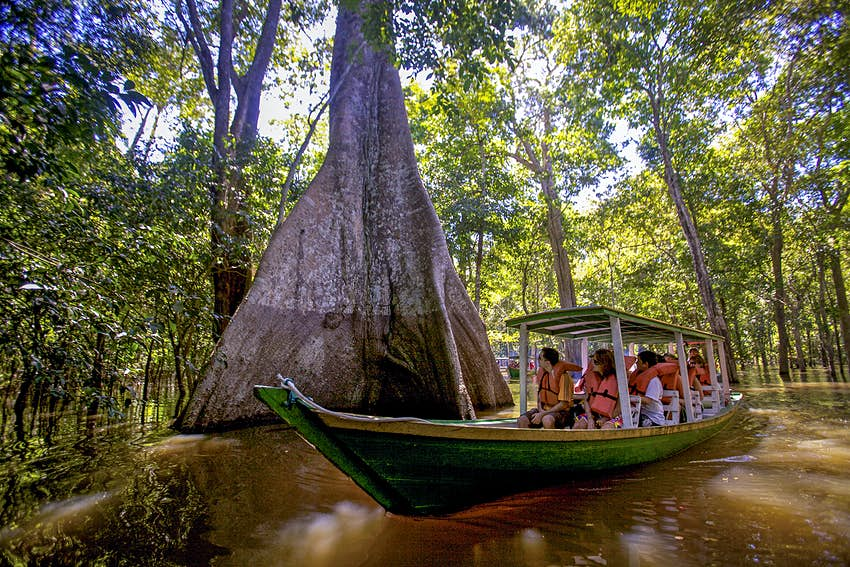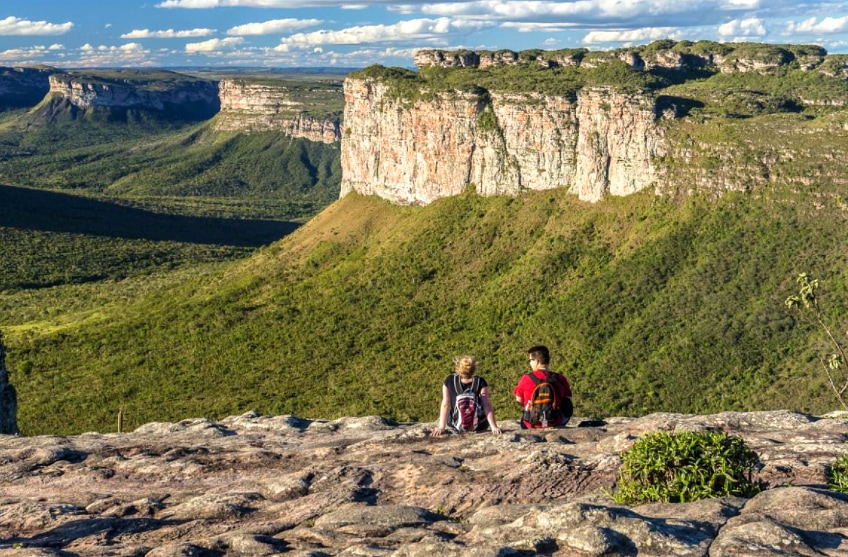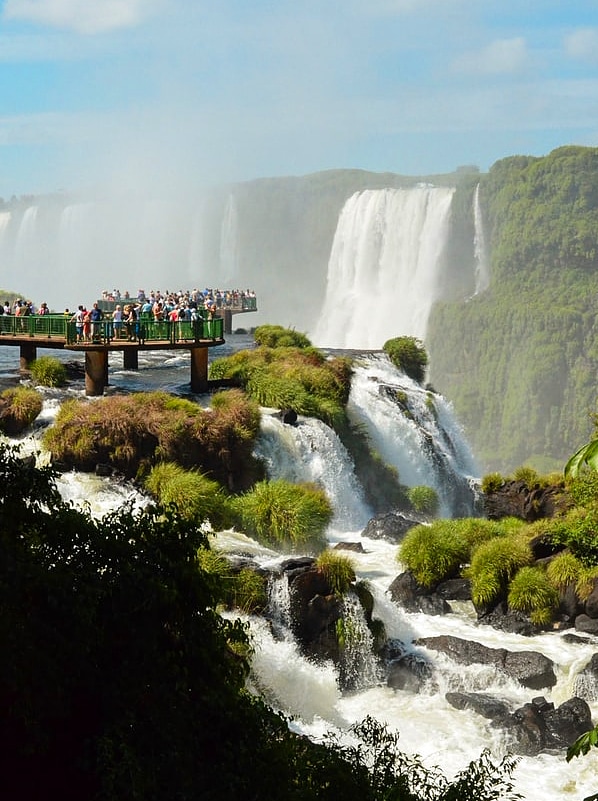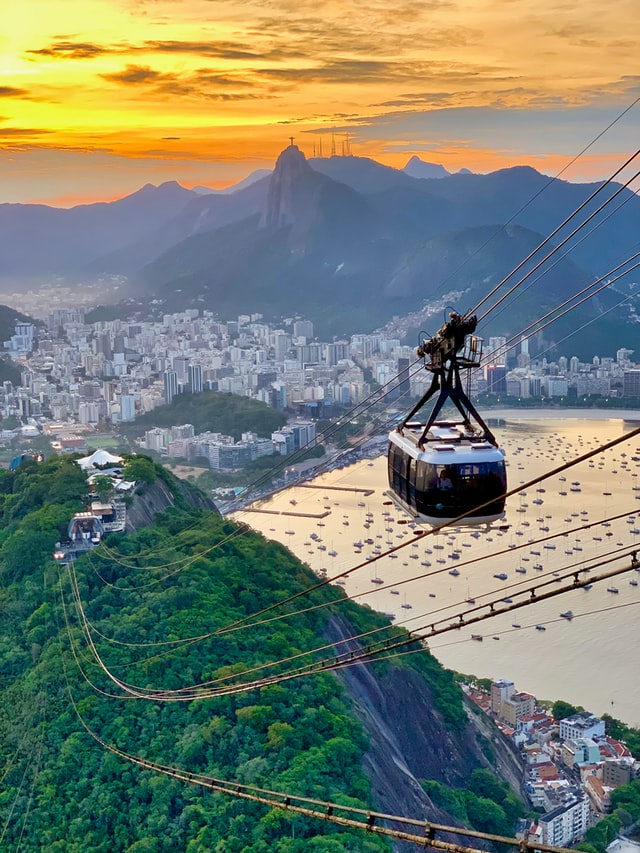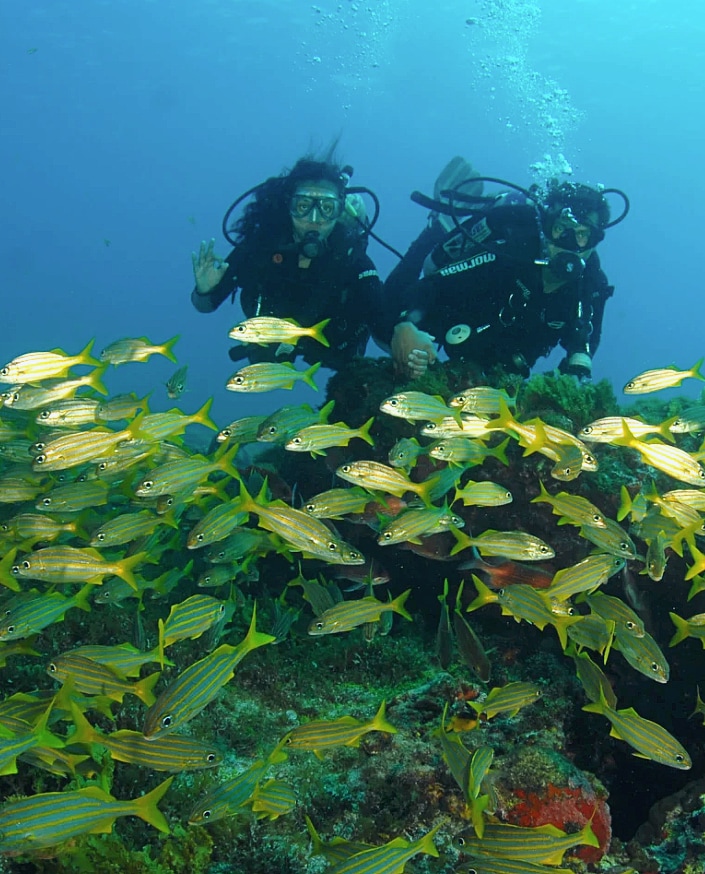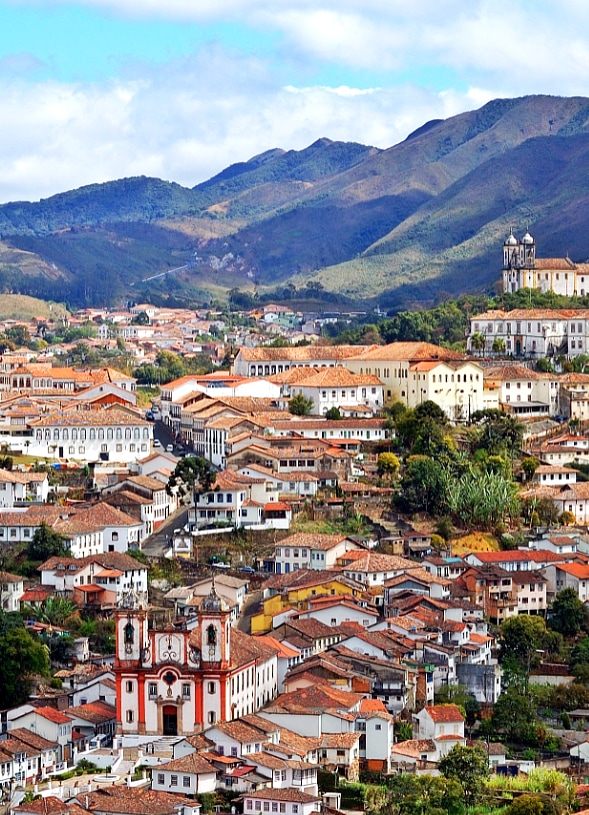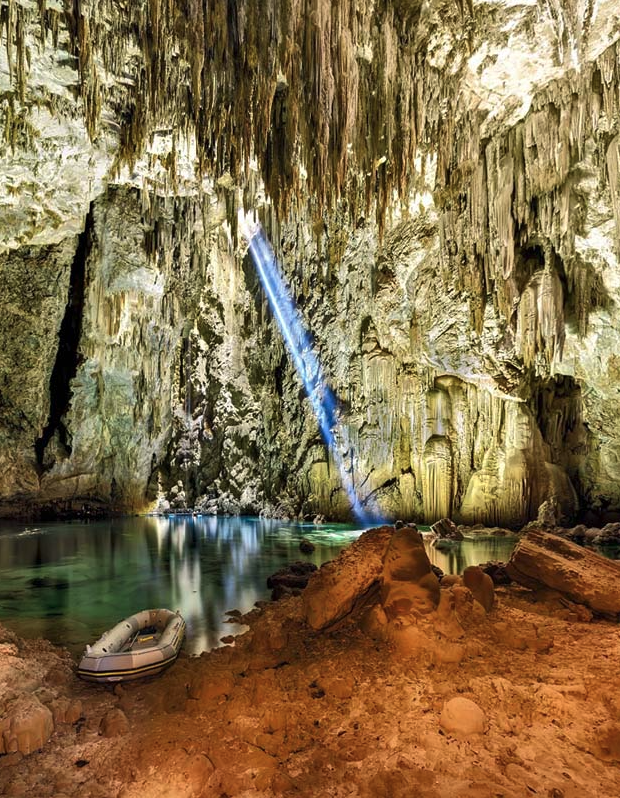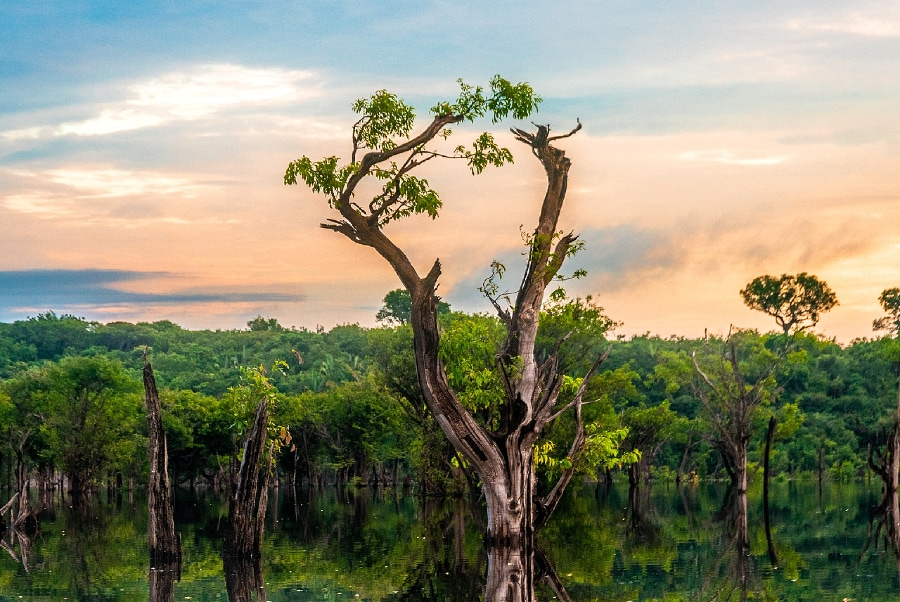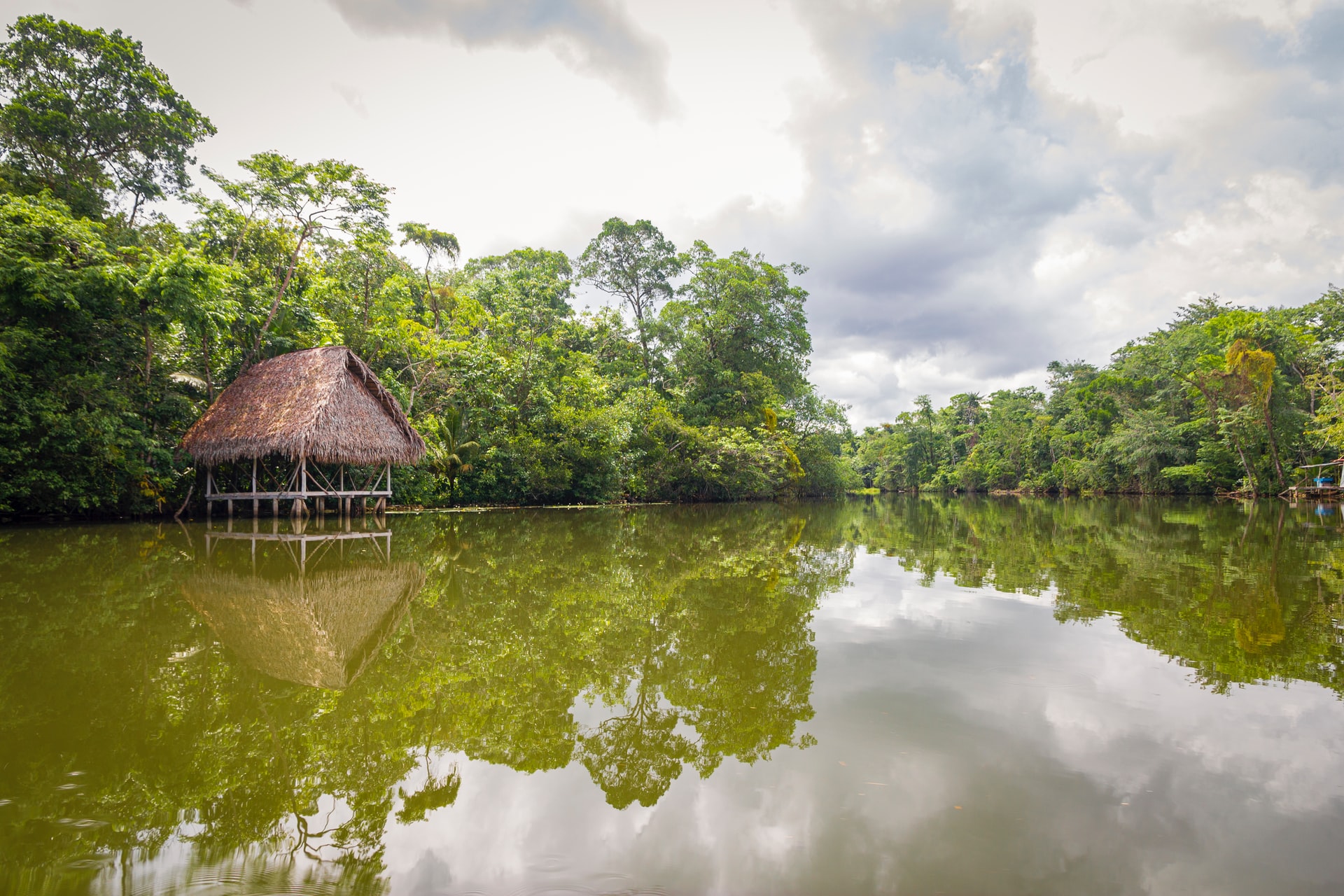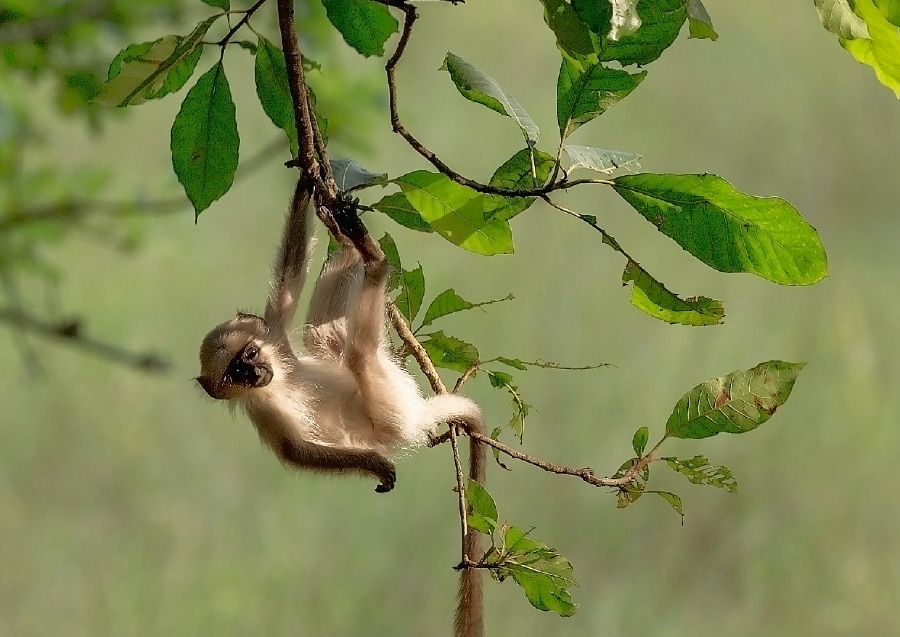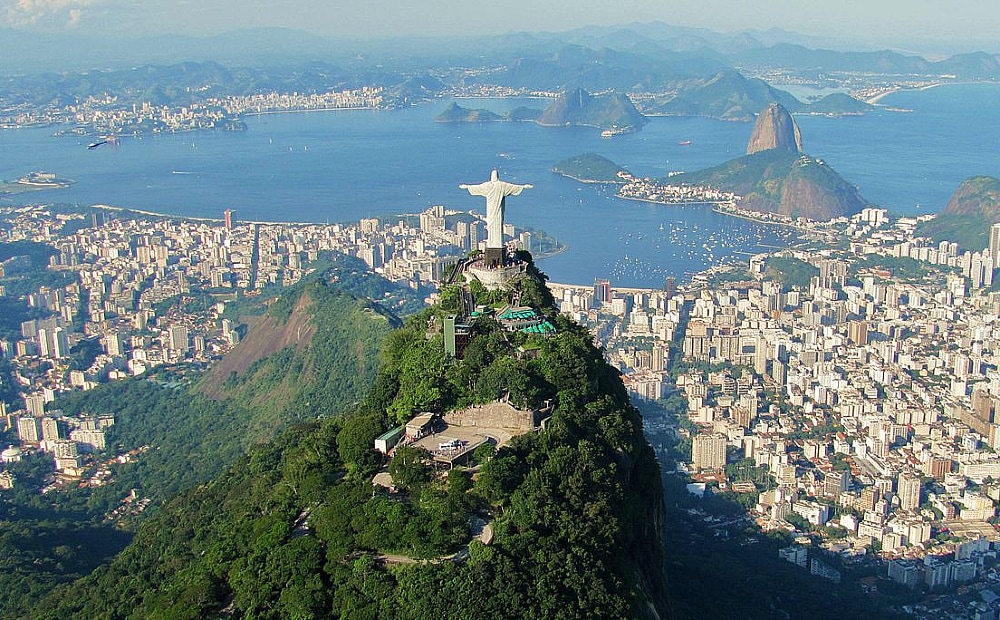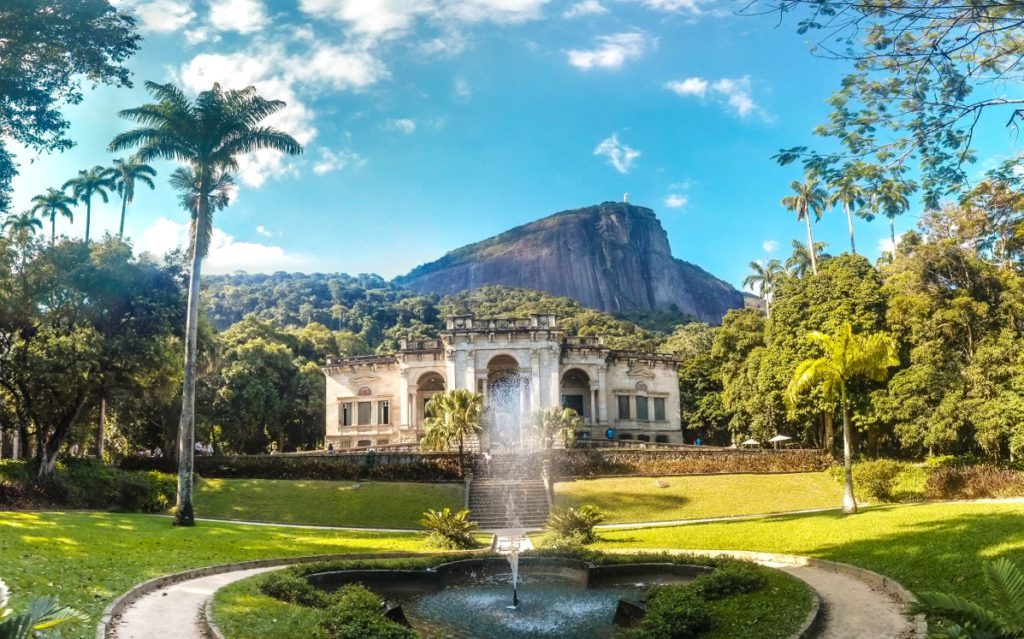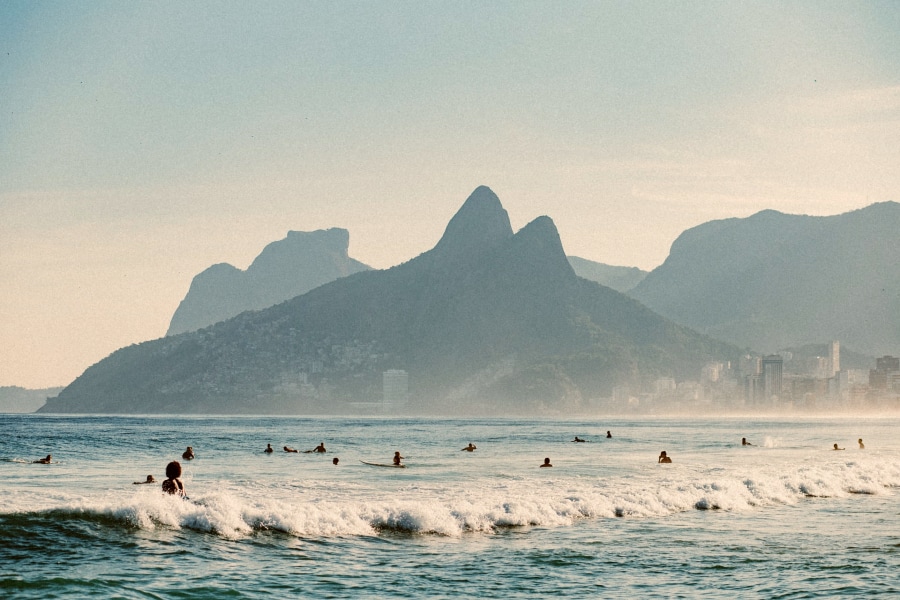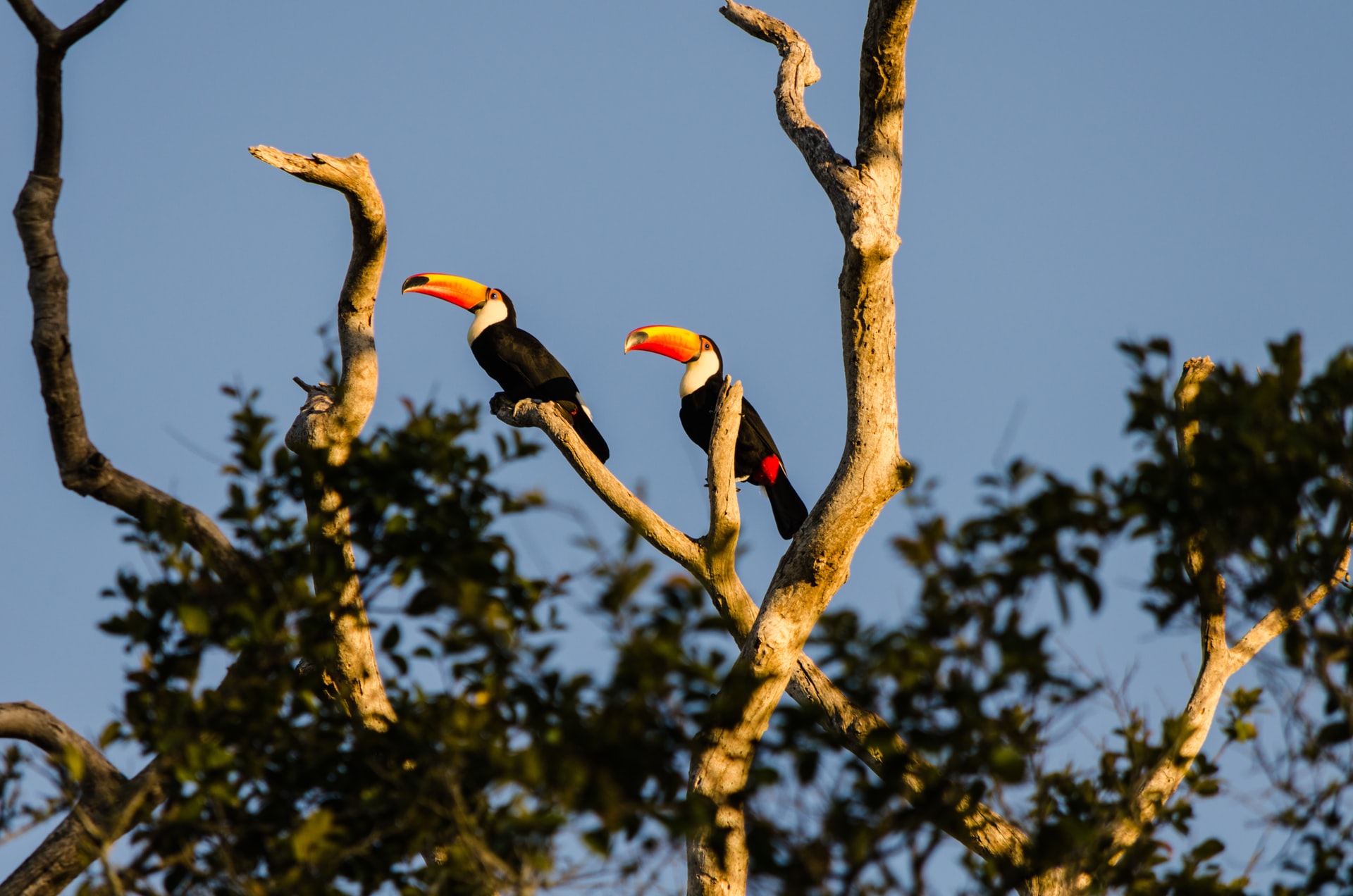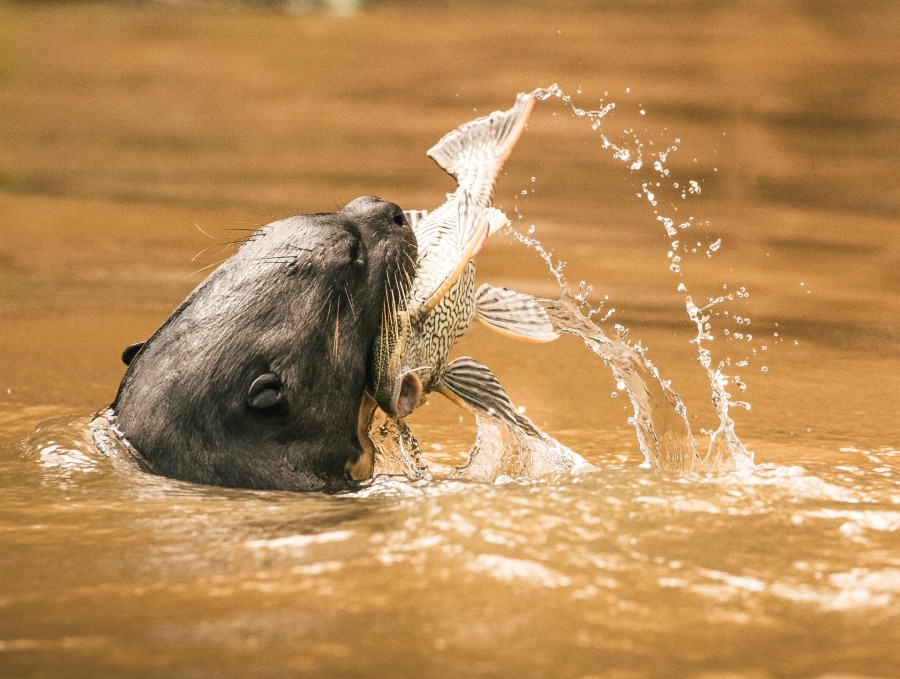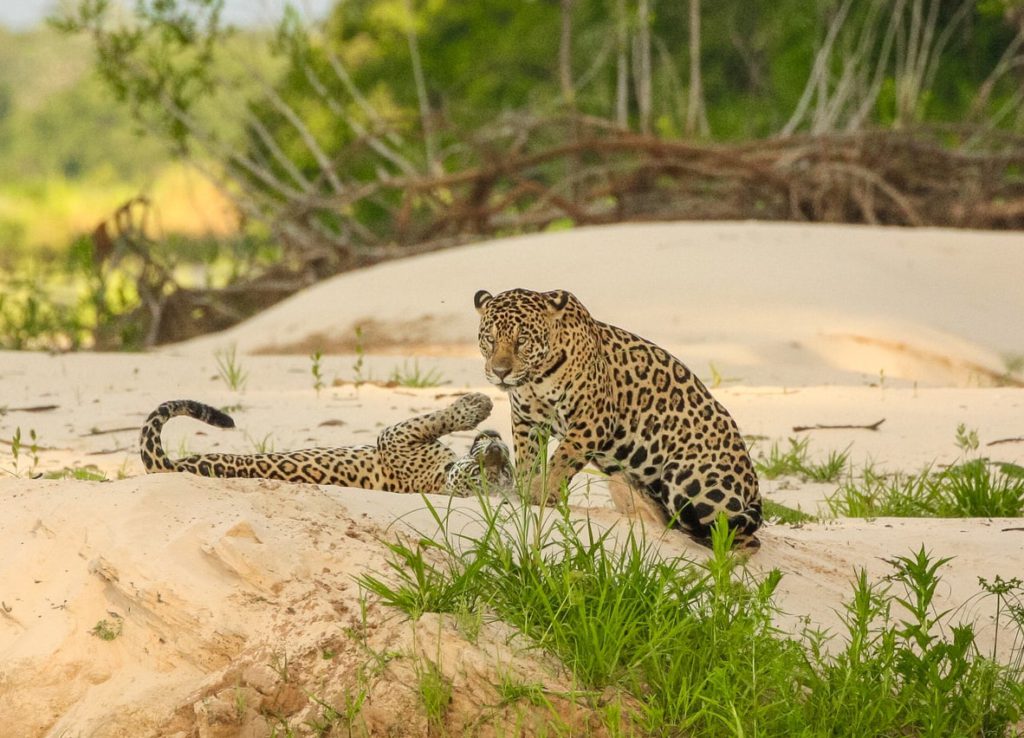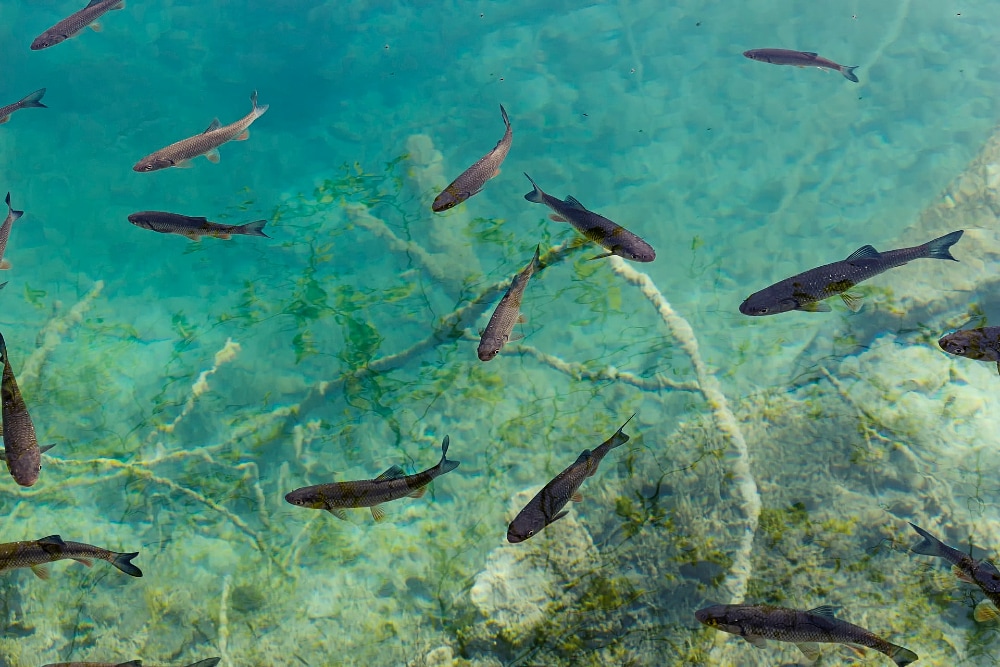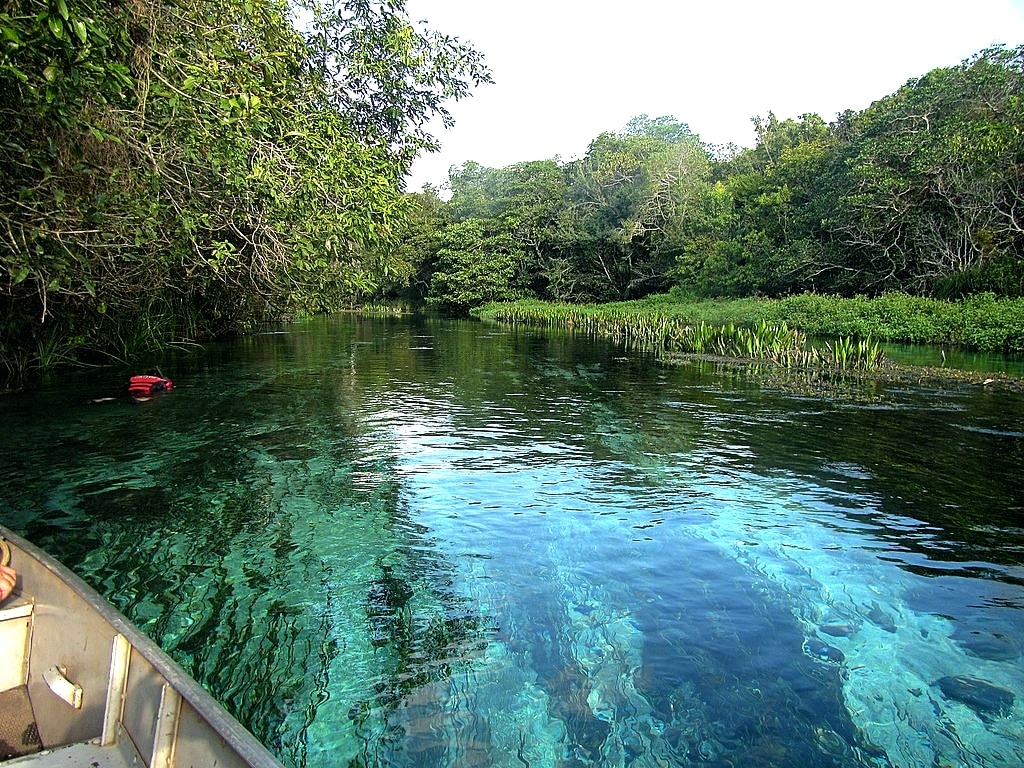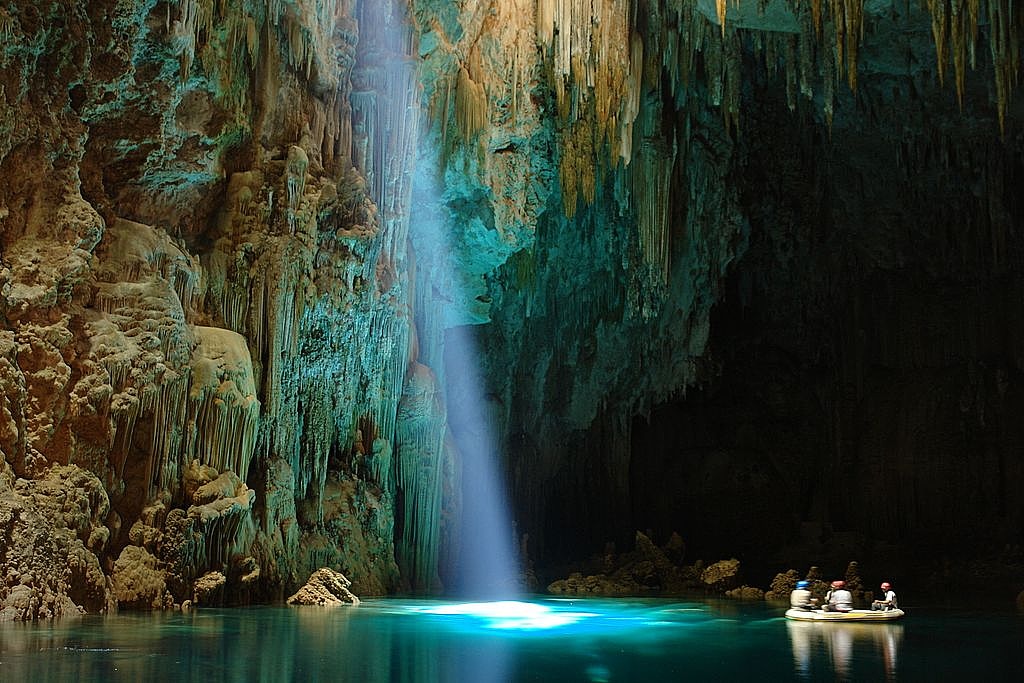Brazil: An eclectic mix of people, culture, and stunning landscapes, all combined into one vibrant and captivating destination. This is where the forests and rivers hide the greatest biodiversity on the planet; this is where the most lively cities will capture your heart.
Your ultimate Brazilian adventure starts here
Go on a thrilling tandem hang gliding ride over Rio Hike Corcovado Mountain to reach Christ the Redeemer Spend a night in colorful Paraty on Brazil’s Green Coast Ride a horse on the marvelous beaches of Bahia Go wildlife spotting on the incredible Amazon River Hike the epic trails in Chapada Diamantina National Park See the world’s largest waterfall, Iguazu Falls Ride the iconic Sugarloaf Mountain cable car Visit Brazil’s best party cities, from Sao Paulo to Florianopolis Discover Fernando de Noronha, a diver’s paradise Wander the hidden colonial gold rush town of Ouro Preto Explore mysterious caves and rivers in Bonito
When to visit Brazil
Most of Brazil sits south of the equator. Visiting the country is a fantastic idea no matter what the time of year as the weather is generally perfect! You can expect a predominantly tropical climate with temperatures averaging above 25°C. Although most of the country lies in the tropics, you will also find plateau cities such as Sao Paulo with milder climates and cooler temperatures.
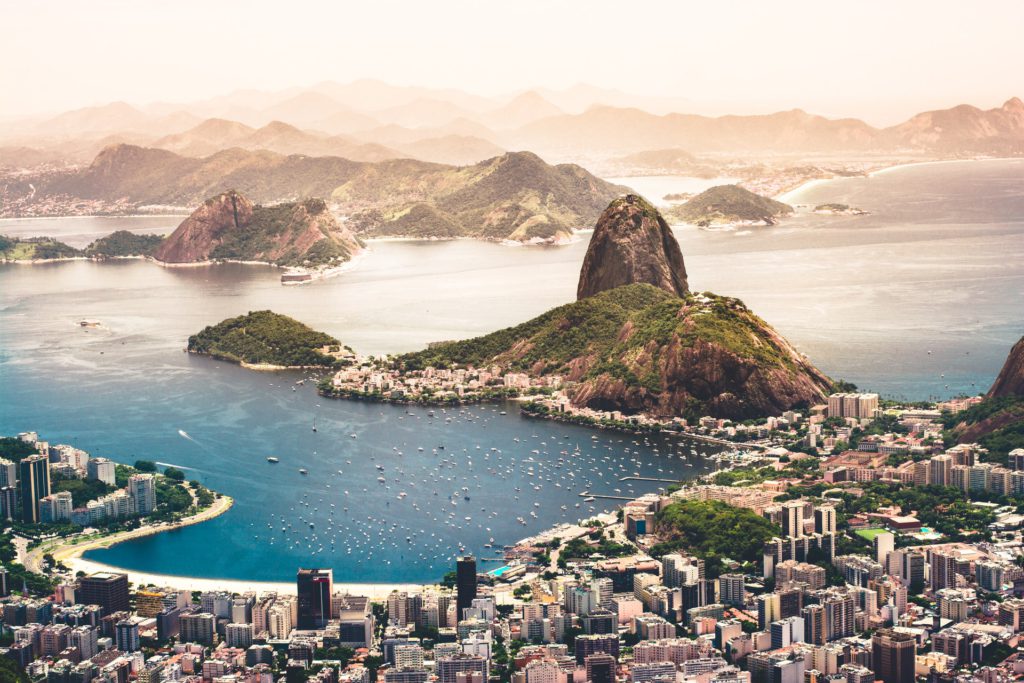
- Warm and tropical, Brazil is the best country to travel to if you want to escape the cold of the Northern Hemisphere between November and March. These are Brazil’s warmest months and also when the beach life in Brazil is in full swing!
- Does it rain in Brazil? Of course. That said, the country usually gets 300 sunny days a year, so you can expect a good amount of clear weather.
- It’s worth noting that the northeastern coast experiences more rain in June and July, but usually in the form of quick afternoon showers.
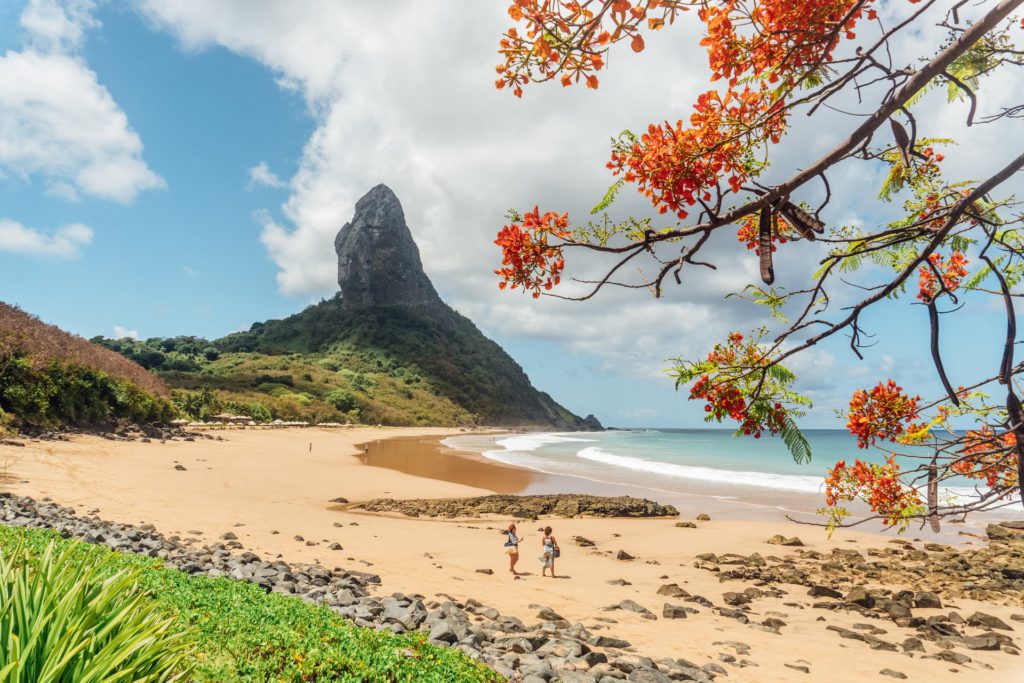
- If you’re visiting the Pantanal, the driest months between April and October offer the best wildlife spotting opportunities, especially if you want to see jaguars. December through March is often the best time to observe migratory birds.
- June and July are the perfect months to visit the Green Coast sitting between Rio and Sao Paulo. You can enjoy cooler evenings and warm sea waters.
- Visiting the Amazon will be a hot and humid affair whenever you decide to visit. Instead, you should take note of the rainy season. From November to January, during the wetter months, you’ll do much of your exploring in a boat rather than on foot.
Estimated flight prices from popular cities
Highlights of Brazil
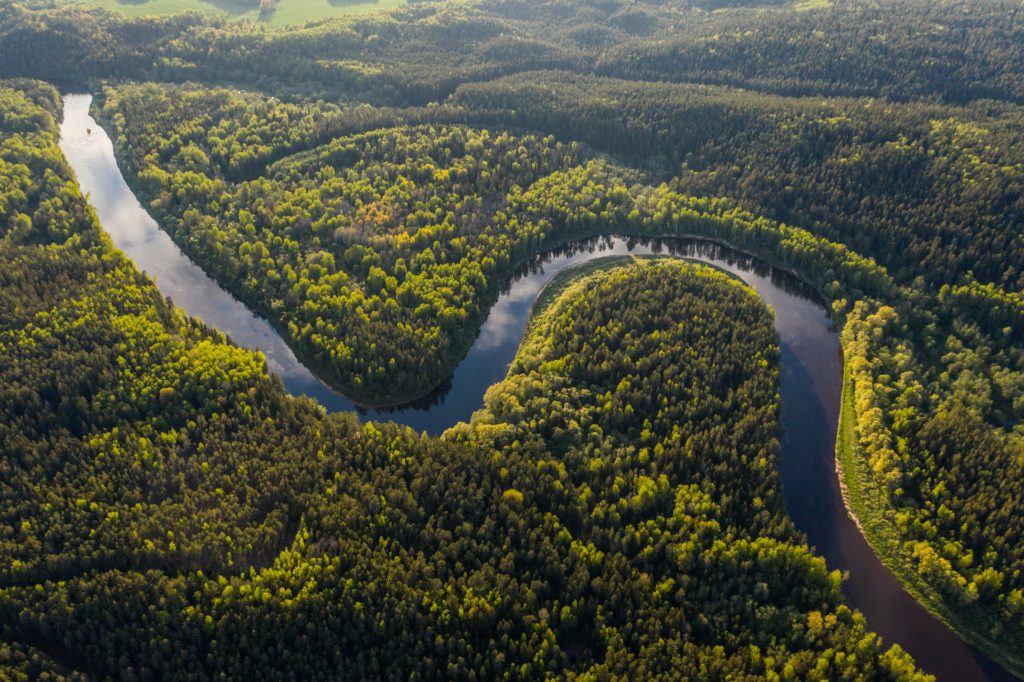
The Amazon
Where do we start with the beauty and grandeur of the Amazon? Covering an area of 5.5 million square kilometers, the Amazon rainforest is the world’s largest intact tropical rainforest and an impressive 60 percent of its total landmass sits in Brazil. It occupies the drainage basin of the weaving Amazon River and is crisscrossed by thousands of tributaries, making it the richest and most biodiverse place on the planet. Over three million species of flora and fauna, scores of them still unrecorded by science, call this breathtaking reservoir of life home.
The lush and luxuriant vegetation of the forest encompasses a large variety of trees, including many species of palm, myrtle, acacia, rosewood, laurel, and rubber trees. The wildlife here is just as diverse, with populations of capybara, tapir, pink dolphins, manatees, poison dart frogs, sloths, black spider monkeys, electric eels, and countless others living in the depths of this stunning ecosystem. For the adventurous traveler keen to explore one of Earth’s wildest places, there are plenty of eco-activities to help you experience the Amazon in a sustainable way: jungle trekking, kayaking, stand-up paddleboarding, canopy walks, boat safaris, and so much more!
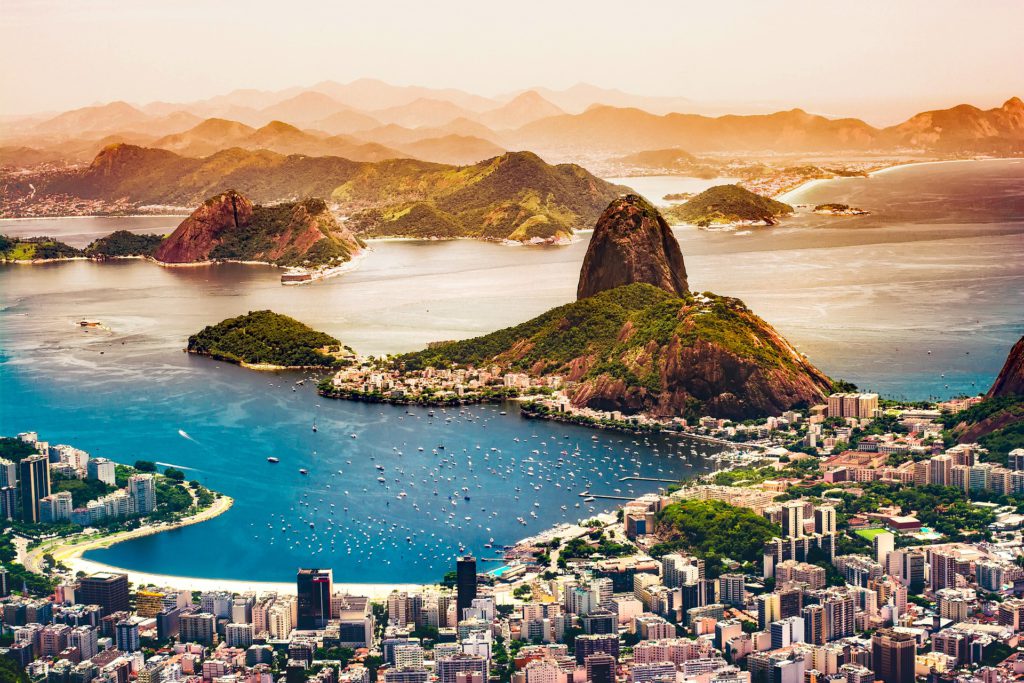
Rio de Janeiro
Rio de Janeiro is placed firmly on the map as one of the most vibrant cities in the world. Visitors flock here to see the Rio Carnival in action, a colorful feast of embellished costumes, elaborate floats, and energetic samba rhythms held every year before Lent. This bombastic spectacle is also considered the biggest carnival in the world, but Rio de Janeiro is more than just its festivities. This is a city flanked by a glorious sandy shoreline and blessed with a staggering natural beauty that not many other cities can boast, from forested hills to rocky ridges, golden beaches to sparkling ocean. It is no wonder Rio is called the “Marvelous City”.
Many iconic sights must be visited while you are here. The most unmissable is the world-famous colossal statue of Christ the Redeemer overlooking the city from the summit of the 709-meter Corcovado. Take the cog railway up to the top or hike through the forested Tijuca National Park to reach the summit if you’re feeling adventurous. Another of Rio’s emblematic landmarks is the grand Sugarloaf Mountain, easily scaled via cable car. The peak towers above the harbor and provides an excellent viewpoint from which to admire the entire coast and surrounding islands. Rio’s nightlife is best experienced in the buzzing central neighborhood of Lapa, where an abundance of bars and clubs reside, while the hilltop district of Santa Teresa delivers a charming, artsy vibe with quirky cocktail bars and chic boutique hotels. Of course, no trip to Rio is complete without a spot of sunbathing along the shores of Copacabana Beach and Ipanema Beach!
Read more:
If you’re in the city, don’t miss out on the Brazilian food scene! Discover 10 unique Brazilian foods every traveler must try!
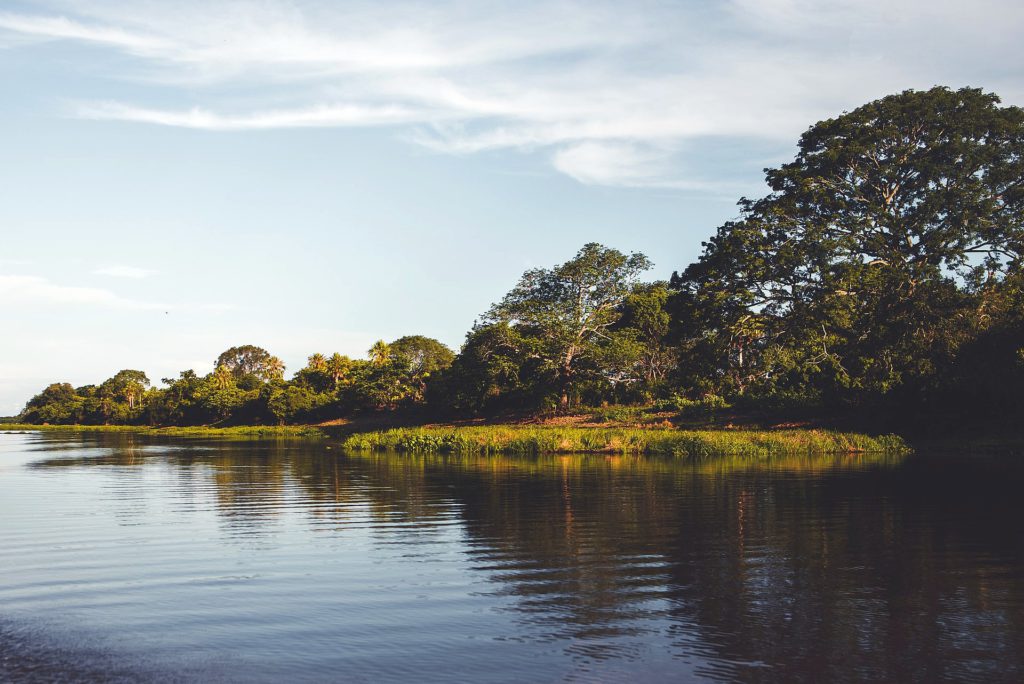
The Pantanal
The Amazon may get all the attention, but those in the know will point out another impressive destination that rivals the Amazon for its biodiversity and gives you easier access to all its wildlife secrets. The Pantanal, stretching over 80,000 square miles and spanning three countries (Brazil included), is the biggest tropical wetland on Earth. Unlike the Amazon, where animals are hidden amidst dense rainforest foliage, the Pantanal lays its wilderness right out in the open plains filled with an interconnected network of streams, rivers, and marshland. It’s no wonder the Pantanal is considered the best wildlife-watching spot in all of South America.
Witness endangered giant otters frolicking in shallow waters, catching fish to their heart’s content; catch sight of brightly colored toucans hopping from tree branch to tree branch, plucking fruit with their large beaks; watch armadillos and anteaters amble across the plains to poke at the termite mounds scattered across the savannah. And the biggest drawcard of the Pantanal? The wild jaguars that roam the plains. Indeed, this vast wetland is home to one of the largest populations of jaguars on Earth. These big cats frequent the riverbanks and are often undeterred by tourists making boat excursions down the tributaries, making a jaguar-spotting journey all the more intimate and rewarding.
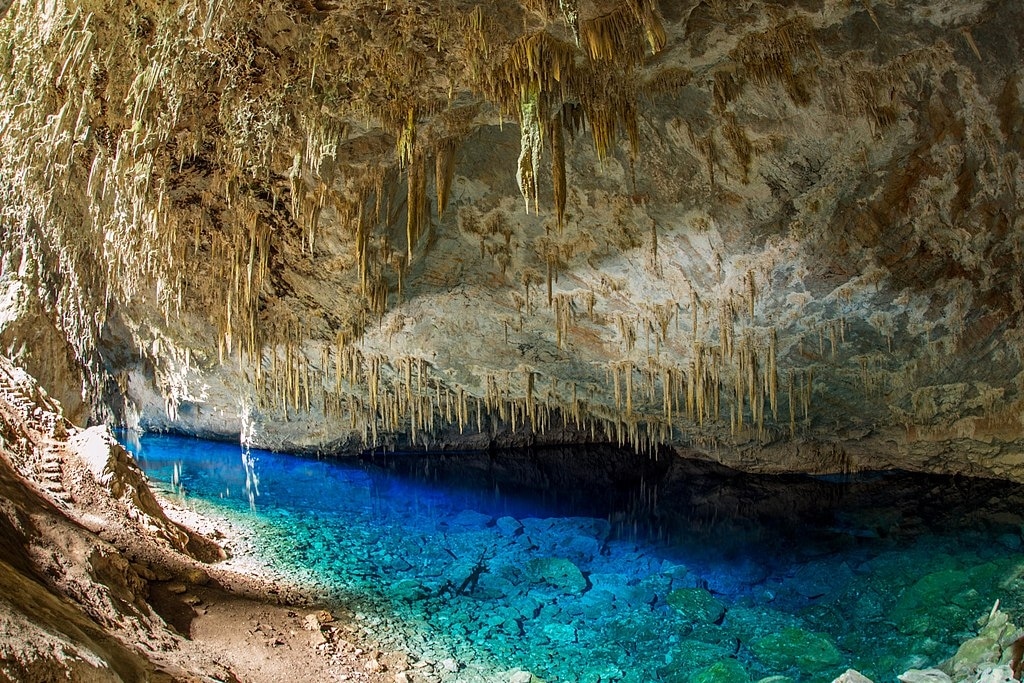
Bonito
Bonito is a haven for adventure-seekers who want something a little more than just city splendor. A town and an eco-tourism hub located in Brazil’s Mato Grosso do Sul state, Bonito is a world enveloped by sprawling green mountains and natural landscapes that beckon nature lovers who embrace the wilderness. The attractions here are endless — snorkel in the crystal-clear river waters of the fish-filled Rio da Prata, abseil the cave walls and dive the underground lake of the stalactite-covered Anhumas Abyss, bathe in the cascades of every waterfall in the Parque das Cachoeiras, and so much more.
The locals who live in the small town servicing the area bring plenty of smiles and friendly warmth that make the experience in Bonito all the more fantastic. And there is an unmistakable love and pride that these locals have for the land. A lot is done to safeguard the environment at Bonito, with activities heavily regulated and tours only permitted when guests are accompanied by qualified guides that carry the right certification. Being on the Pantanal’s border, Bonito is certainly home to a staggering amount of biodiversity that deserves to be kept safe and protected.
Legendary Brazil should be on every avid traveler’s bucket list, whether you’re after a beach holiday, a cultural experience, or something more. Join a TourHero to explore Brazil with other avid travelers!
About TourHero
TourHero is a social travel platform that enables you to travel with like-minded people and fall in love with the journey. We work closely with handpicked local operators to ensure every experience curated is unique and exclusive to your travel group. Join an epic adventure with like-minded travelers to create memories that last a lifetime.

